|
There are a wide variety of projection screens available in each of these mounting orientations. Some screens will include additional features such as designer casing, tab tensioning, adjustable masking borders, and more. For each mounting type, we list the available features.
Screen Types Explained:
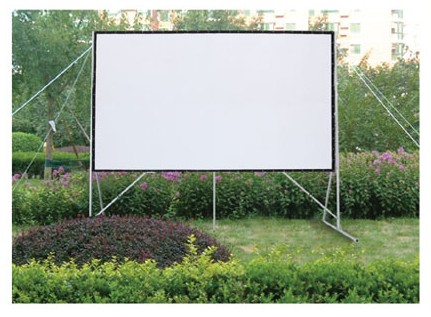
Portable Screens
Projection Screens that travel from location to location readily.
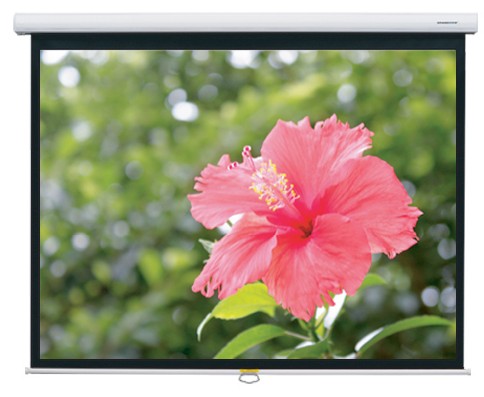
Manual Screens
An economical choice for Projection Screens that stay in one location most of the time
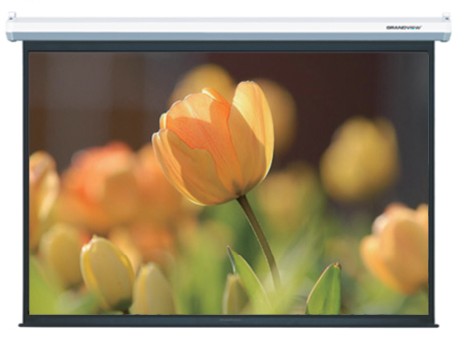
Electric Screens
High-end projection screens that add elegance to their permanent location.
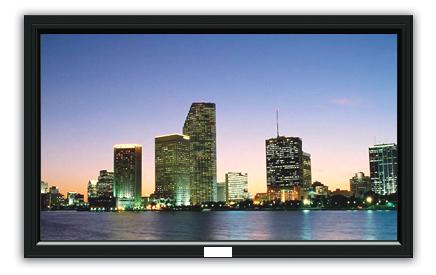
Fixed Frame
Permanently tensioned screen stretched around a frame and installed in a fixed location.
|
Step Two: Selecting Screen Size
To figure out how big a projection screen you need, you will need to determine the dimensions of the room, as well as the size and positions of viewers relative to the projection screen. The basic rule of thumb is to fit the screen to the audience, not to the projector.
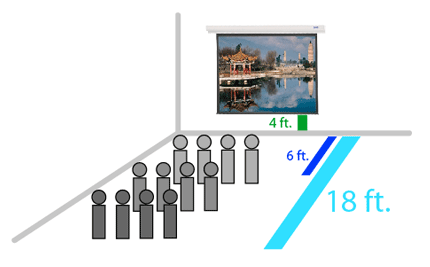
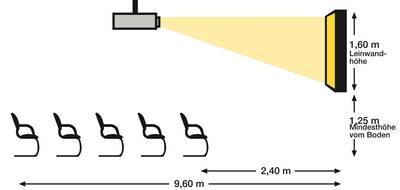
|
|
Screen width should be approximately equal to 1/6 the distance from the projection screen to the last row of seats, allowing text to be read and detail to be seen in the projected image. Ideally, the first row of seats should be approximately two screen widths away.
The bottom of the screen should be a minimum of 3 feet above the audience floor, allowing those seated toward the rear of the audience to see the projection screen . This may require additional screen "drop" for projection screens hanging from the ceiling.
|
|
Step Three: Selecting Screen Format
|
|
When selecting your projection screen format, you must know the projectors native resolution. Here are some common aspect ratios:
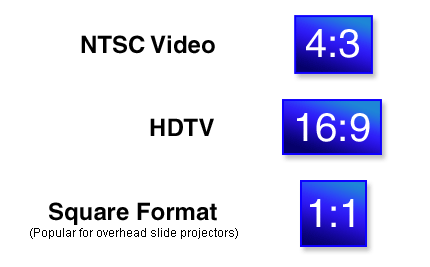
|
Masking borders
If you have ever watched a widescreen movie on your TV, you know about the black bars that are projected on the top and bottom of the image. Masking borders can be added (and potentially removed) as a way to eliminate the bars you see when using your projector in its non-native format (ie 4:3 projector displaying in 16:9). Masking borders also increase the perceived brightness of an image on a projection screen giving your display a top-notch look. The human eye perceives the image to have more contrast and a sharper picture with brighter colors.
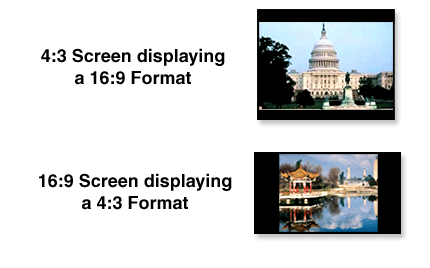
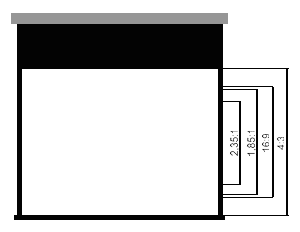
|
Step Four: Selecting Screen Surface
|
|
Before selecting the best projection screen surface to suite your needs, you need to ask yourself a few questions.
|
|
Will there be controlled lighting?
Your options for projection screen surface are much higher when you have a room with controlled lighting and no ambient light from a window for example. When ambient lighting exists, the screen material you choose can help minimize the effects of “washout” or glare. Projection Screen materials can also help to increase the appearance of contrast or brightness of a projected image. Below are descriptions of our primary surface types.
|
|
How is the room configured?
If a room is arranged where seating is wider, “fall-off” can occur which makes audience members on the far end of a row have more difficulty in viewing the image. Projection Screens with a larger viewing angle are preferred in this situation. Rooms that are longer than wide can require larger screens so that those in the back of the room can see details more clearly.
|
|
What will the screen be displaying?
Projection screen surfaces also play a role in the type of content you display. White or matte white screens are more popular in business applications, while gray screen material is popular with home theater enthusiasts because the material adds the appearance of better contrast. When using equipment such as a 35mm film display, a white or matte white surface will provide truer color representation.
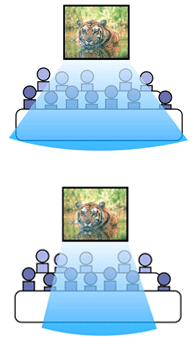
|
|

